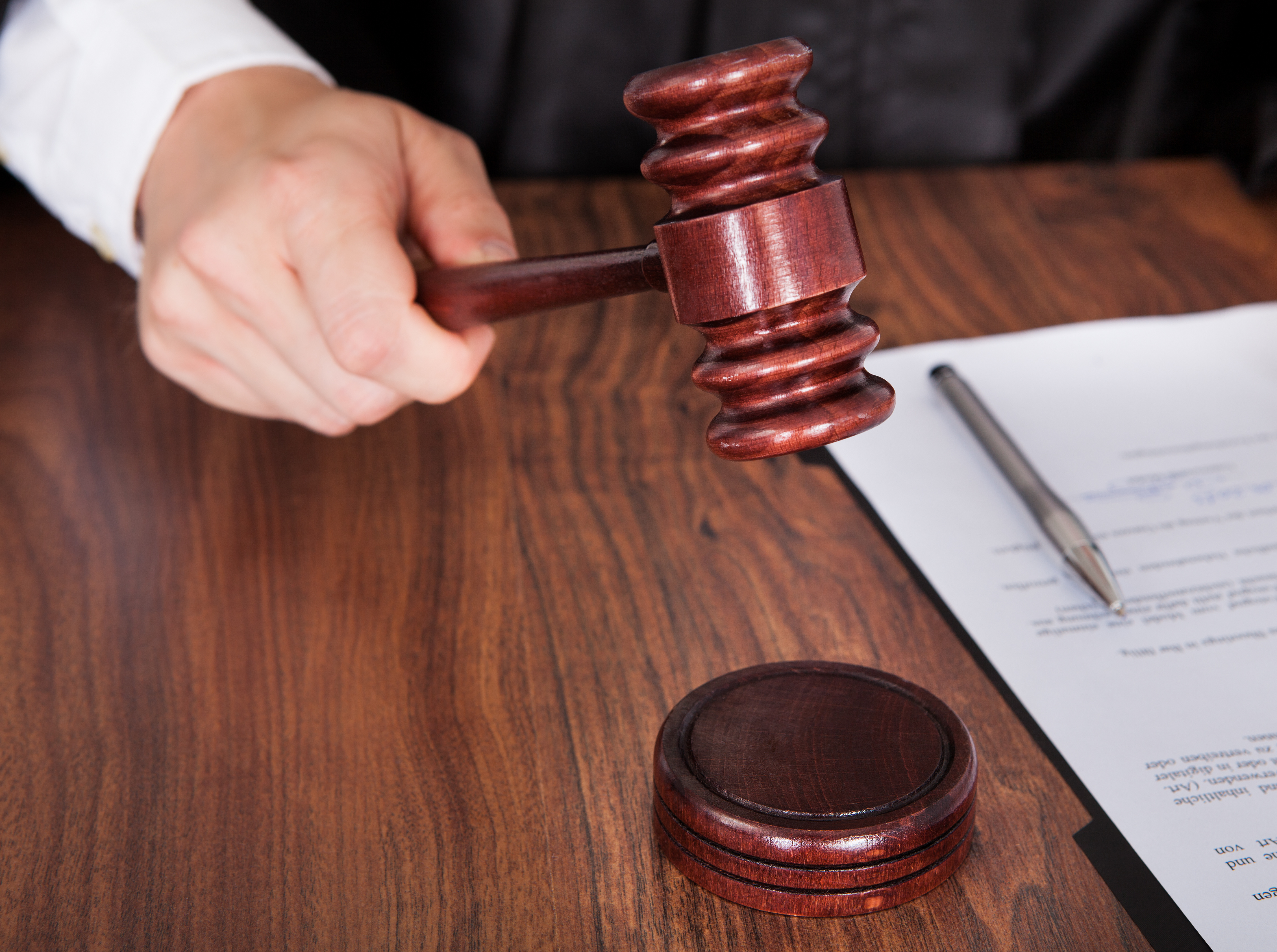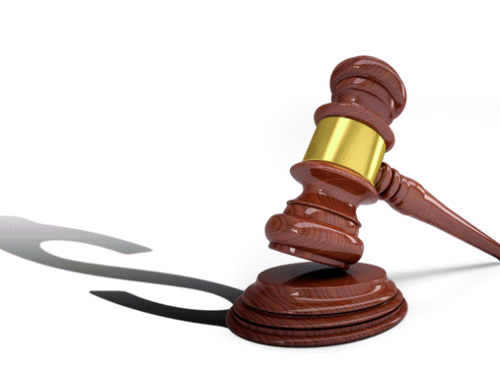An enforceable judgment has been entered against your debtor- Congratulations! You have now taken the first step towards collecting the judgment debt. Unfortunately, there may be more steps involved in the judgment enforcement, if the debtor is disinclined to pay– early attempts to enforce the judgment may include attempts to negotiate a voluntary payment plan to satisfy the judgment — but if the debtor wanted to pay, they likely would have paid before the judgment– the fact is, the very nature of many judgment debtors (not all, but many) is, when you say “please pay me” they say “make me.” The good news is, that once a civil judgment has been entered with the court, California law provides legal remedies to creditors for collecting on judgments, and “making” the debtor pay. Some of the most effective of these provisions include property liens, bank levies wage garnishments, and Debtor Examinations. Failure to comply can result in criminal action against the debtor or employer. These remedies will be addressed in detail in later parts of this blog entry and are discussed in general here.
Order of Examination
If a judgment is unsatisfied, a creditor may make application to the court for an Order of Examination, pursuant to Code of Civil Procedure Sections 708.110 through 708.205. When used along with a Subpoena Duces Tecum requiring the debtor to produce documents, this examination procedure forces the debtor to come into Court, and testify about his or her assets, in excruciating detail. If the debtor fails to appear at the proceedings, an arrest warrant may be issued and the debtor may actually go to jail! This can be a very powerful judgment enforcement tool and will be discussed in more detail in part 2 of this blog series.
Real Property Liens
Real estate liens as a method of judgment enforcement are as old as the law itself, dating back to Middle England. Attaching a lien to real estate of the debtor will prevent the debtor from selling or getting additional loans against the property, without first clearing up the lien. Real property liens remain in effect for ten years or until the judgment is satisfied. However, a real property lien is not merely a passive enforcement mechanism; if a piece of real estate has sufficient equity in it, then a creditor may actually use a real estate lien to foreclose upon the property, and satisfy their judgment out of the proceeds of the foreclosure. There are many factors to consider when attempting this, as there are many specific requirements and many safeguards for the debtor to avoid a forced sale of the debtors home- but it can be done, and is an especially good tool when real estate prices are high, as they are now. More will be discussed on this in subsequent parts of this blog entry.
Wage Garnishment
If a judgment remains unsatisfied a creditor is entitled to wage garnishment of up to 25% of a debtors earnings. In order to implement a wage garnishment, a creditor must first obtain a Writ of Execution from the court and have it served on the employer in accordance with the procedure outlines in The Wage Garnishment Law. Once served with the Writ, an employer must send the money to the creditor, or face serious consequences, such as civil liability or even a criminal penalty for failure to withhold earnings. If the debtor has no collectible wages, then a garnishment can be imposed upon the wages of a spouse or domestic partner. More will be discussed on this in subsequent parts of this entry.
Levies against Bank Accounts and other assets.
If the debtor is found to have any money or safe deposit boxes held by financial institutions, or other valuable tangible property, a creditor may instruct a sheriff or process server to serve a writ and a levy upon the party who is holding the debtor property (whether it is a bank, an individual, a company, or even the debtor himself) The writ must be served according to the requirements of the Levy Laws in the CA Code of Civil Procedure, and the forfeited assets will go towards the judgment principal and any accrued interest. In cases where the sheriff can reach the property directly, the sheriff may seize the property directly (e.g. if a debtors car is parked outside on the driveway, sheriff may directly seize it.) The levy remedy is discussed in detail in the blog articles “The Creditors Levy, parts 1 and 2”.
The above list is only a short summary of a few methods which we use most commonly, to enforce judgments, and there are many more remedies. The Evanns Collection Law Firm is familiar with them all- please give us a call at 213-404-1002 with any judgment related questions, we would love to hear from you.







Recent Comments